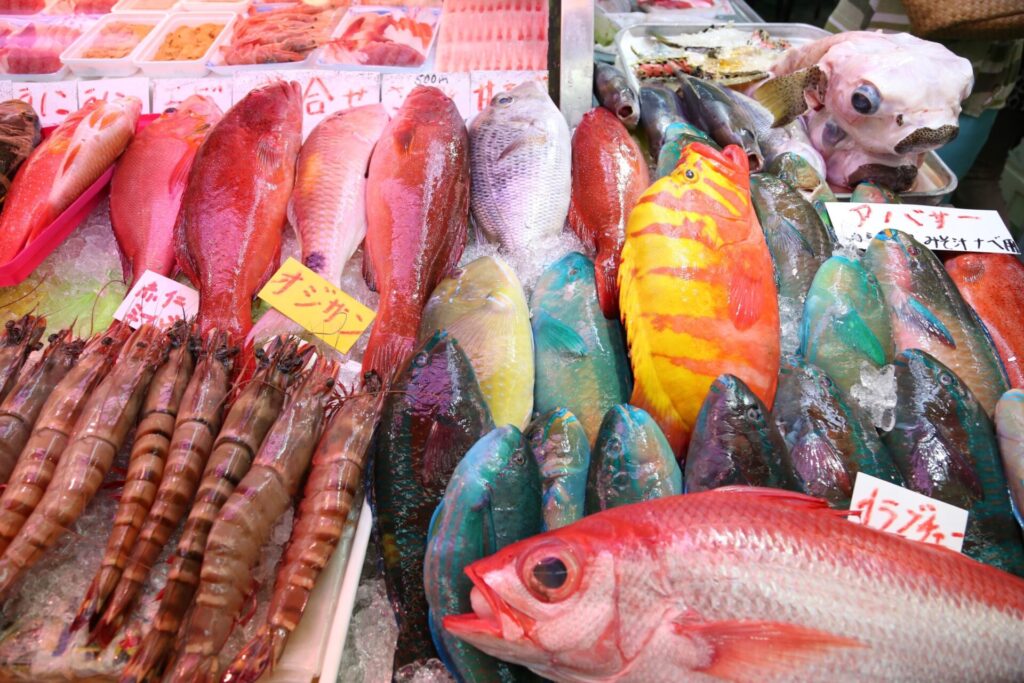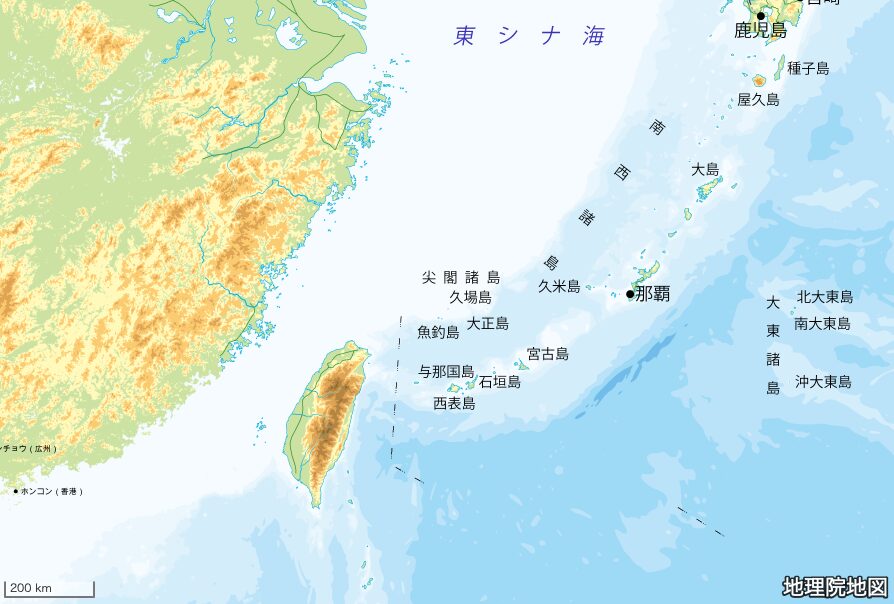Shibui

A dialect for winter melon, probably deriving from shibu-uri (渋瓜) (puckery melon). Unlike its appearance, its taste is delicate. In Okinawa, shibui is often used in dishes such as sōki1 soup.
First and foremost, Okinawa is a land where plants are vigorous—as a child, I saw vines on the roadsides dominate the field before I knew it; while I thought I was enjoying their pretty yellow flowers, gigantic shibui were already lying there without even noticing. Even the naughty kids stealing watermelons who get chased away by farmers with sickles, would not dare to touch shibui given its blind shell-like impact, size and weight. In Okinawa, we often hear how they found massive shibui here and there right after the War: some say that it helped keep off hunger, while others say that it was too bizarre to eat it.
Given its almost brazen presence, either on a wooden floor or on concrete ground, no other vegetable would look better than a shibui by just being there. No stripes or bumps—just an awfully simple shape and the contrast of the dark green of its skin and its white section. When an obaa (old lady) is peeling bean sprouts next to a shibui, just by this sight, many uchinānchu2 would recall the taste of a golden shibui boiling in sōki soup, and would decide to cram some piping hot shibui for dinner while burning one’s mouth.
Perhaps because of the change in family structures, the shibui sold at the store became smaller recently. I miss the jumbo-sized fruits, those which were lying on the stalls made of wooden boards, under the eaves of a machiyagwa (small shop).
Editor’s Note:
- Pork rib soup.
- Okinawan people.









































































































































































































































